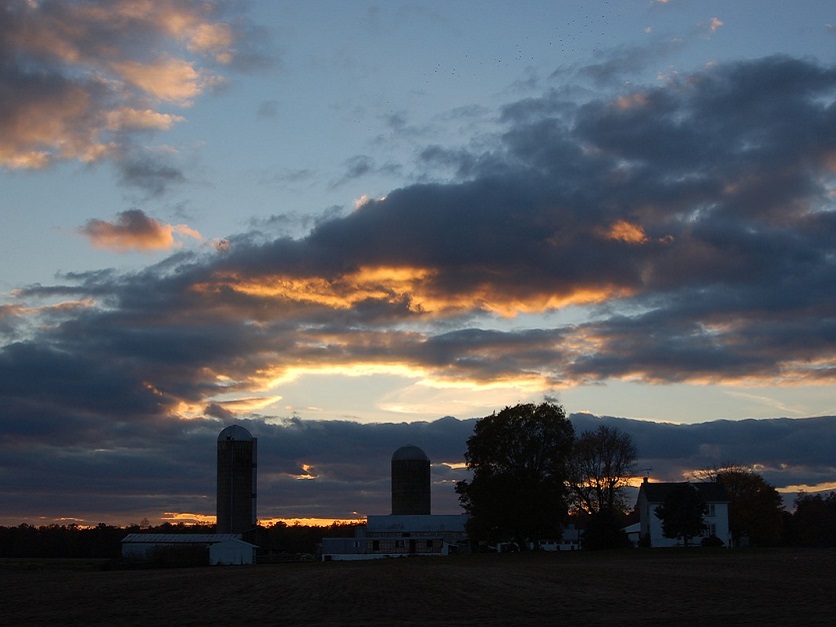WASHINGTON, Jan. 25, 2017 - Defenders of farm and nutrition programs are going to like the latest budget projections from the Congressional Budget Office. They show the costs of crop insurance and the Supplemental Nutrition Assistance Program dropping sharply over the coming years.
Estimates for crop insurance spending have been lowered by about $8 billion from fiscal 2019 through 2016. That’s a reduction of more than $1 billion a year.
The reduction in crop insurance is due to two factors: lower premiums and a change in the projected loss ratio, says Pat Westhoff, who runs the Food and Agricultural Policy Research Institute at the University of Missouri. CBO previously assumed in its budget projections that future indemnities would equal total premiums (including premium subsidies) for a loss ratio of 1.0. Now, the budget analysts are assuming a lower loss ratio of 0.91, meaning that losses will average less than the premiums and subsidies.
Westhoff says the new, lower loss-ratio estimate is “more consistent with actual history in the program.” “That’s a very big deal and explains most of the difference in the estimates,” he says.
Last year, the loss ratio was a very modest 0.43. The crop insurance program cost only $4.9 billion for fiscal 2016, including the premium subsidies. That cost is projected to rise to $7 billion this year, based on the new loss ratio CBO is using. When the 2014 farm bill was written, crop insurance was expected to average well over $8 billion a year.
On the nutrition front, the cost of the SNAP already has been falling, in part because of the improving economy. And CBO is lowering its cost estimates even more. For fiscal 2017, CBO now projects the program to cost $70.85 billion, down from a previous estimate (made a year ago) of $73.9 billion.
CBO estimates that the cost of SNAP will continue to fall to $68.5 billion in 2018, $67 billion in 2019 and $66.8 billion in 2020. A year ago, CBO estimated the 2020 cost at $72.3 billion. SNAP participation is expected to fall from 42.6 million this year to below 40 million by 2019.
At the time the 2014 farm bill was written SNAP was projected to cost $764 billion over 10 years. The new 10-year estimate is $92 billion less.
#30
For more news, go to: www.Agri-Pulse.com


